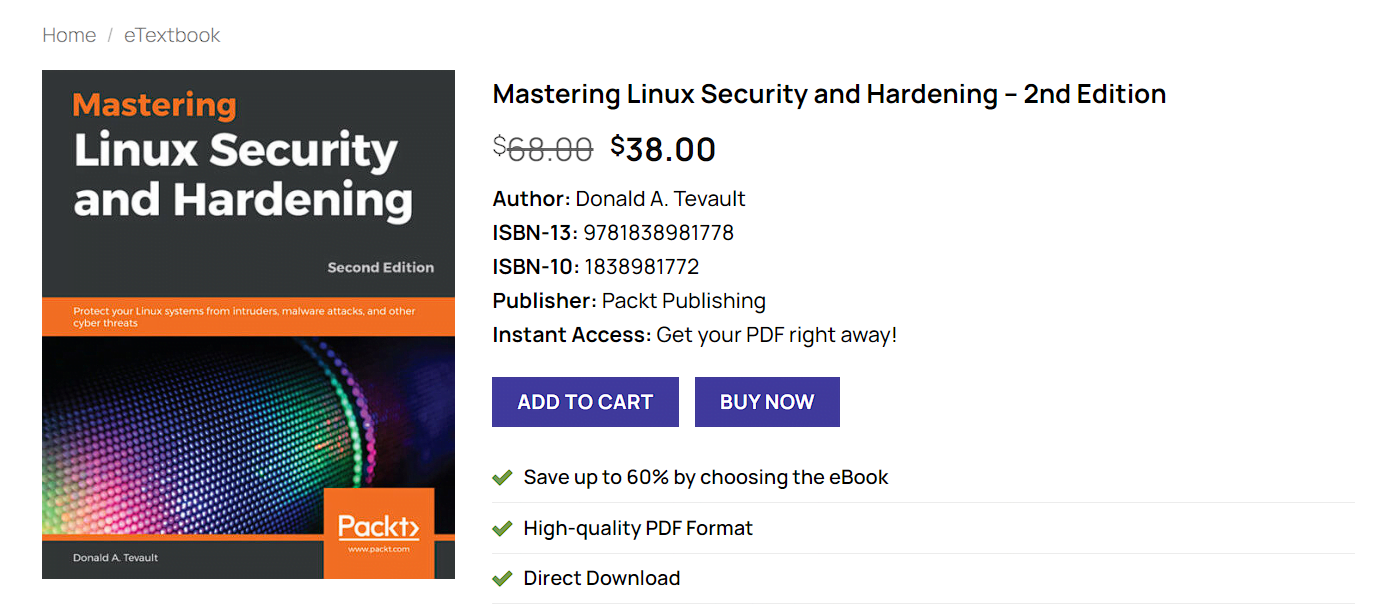The Mastering Linux Security and Hardening 2nd Edition is an indispensable resource for anyone aiming to secure their Linux systems. This comprehensive guide delves into the critical aspects of Linux security, providing both novice and experienced users with actionable insights and best practices.
Key Concepts in Linux Security
One of the core principles covered in the book is the importance of understanding the Linux security model. The book discusses various components such as user permissions, file system security, and network configurations. By mastering these concepts, users can build a more robust and secure Linux environment.
The second edition also emphasizes the significance of regular updates and patches. Keeping your system up-to-date is crucial in mitigating vulnerabilities and ensuring that your security measures are effective against the latest threats.
Practical Hardening Techniques
The book is rich with practical hardening techniques that can be applied to any Linux distribution. These include the implementation of firewalls using tools like iptables, configuring SELinux or AppArmor for mandatory access control, and setting up secure SSH practices. By following these techniques, users can significantly reduce the attack surface of their systems.
Advanced Security Measures
For those looking to take their security to the next level, the second edition covers advanced topics such as intrusion detection systems, log management, and security auditing. These measures help in proactively identifying potential threats and responding to incidents effectively.
In conclusion, Mastering Linux Security and Hardening 2nd Edition‘ is a must-read for anyone serious about Linux security. The book offers a blend of theoretical knowledge and practical advice, making it a valuable addition to any Linux administrator’s library.

